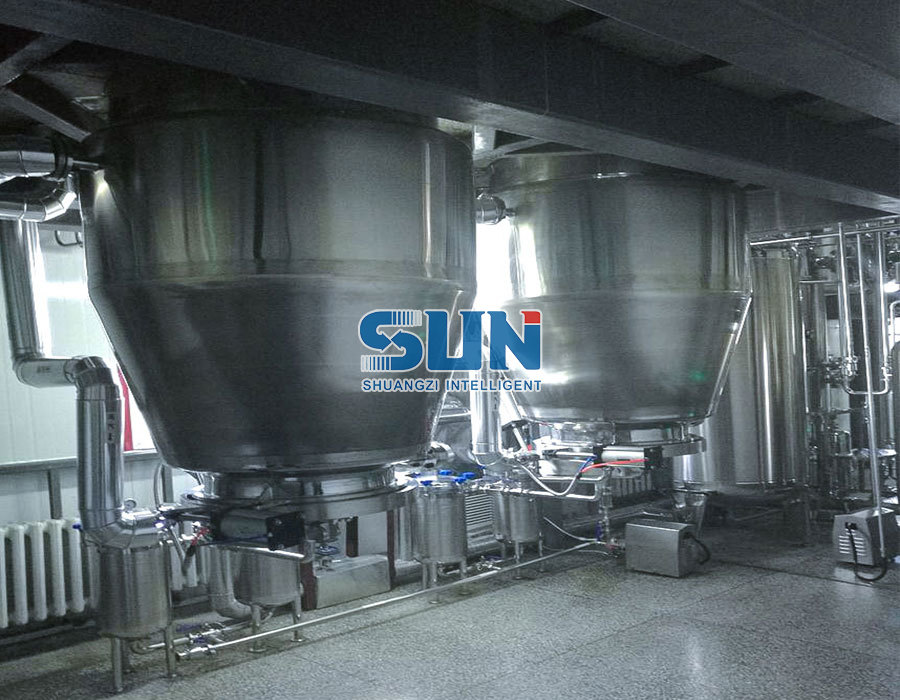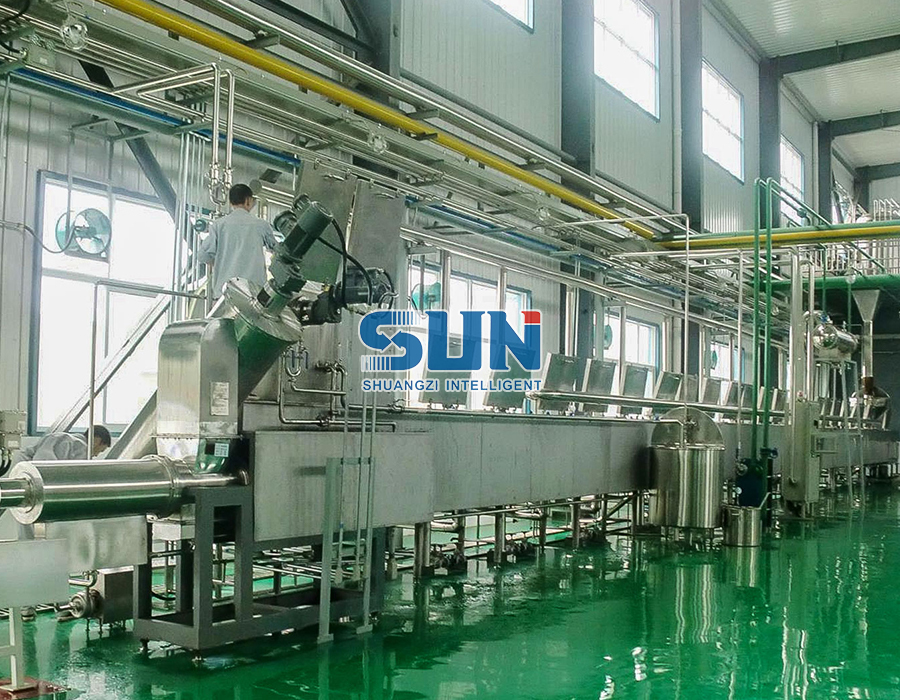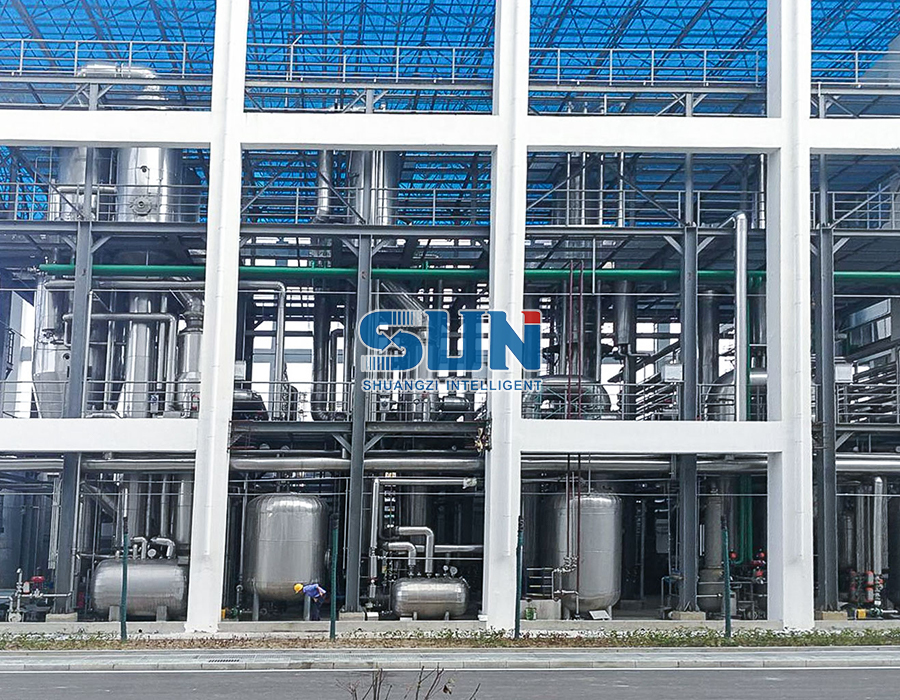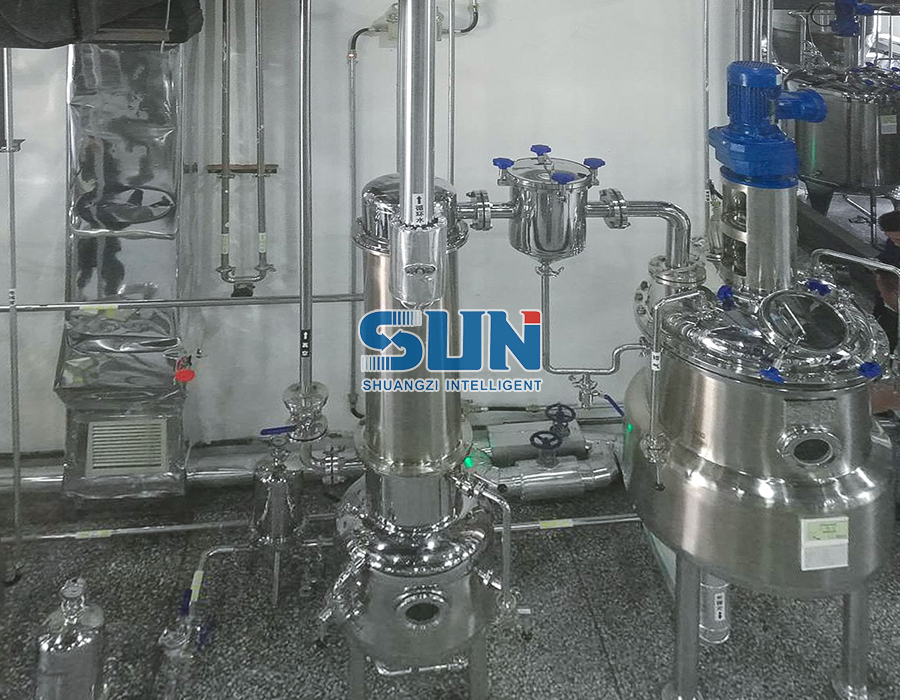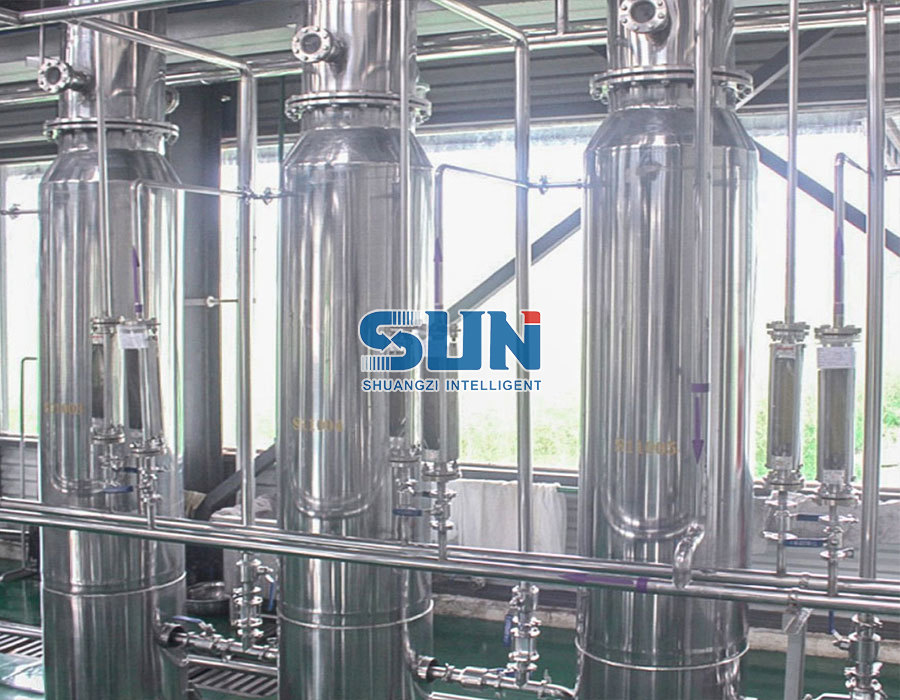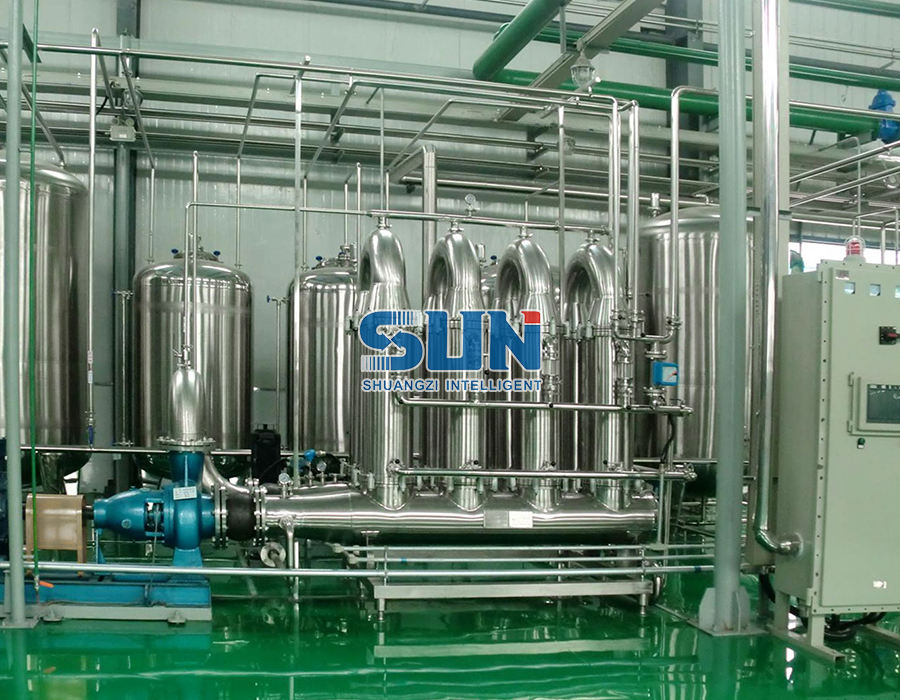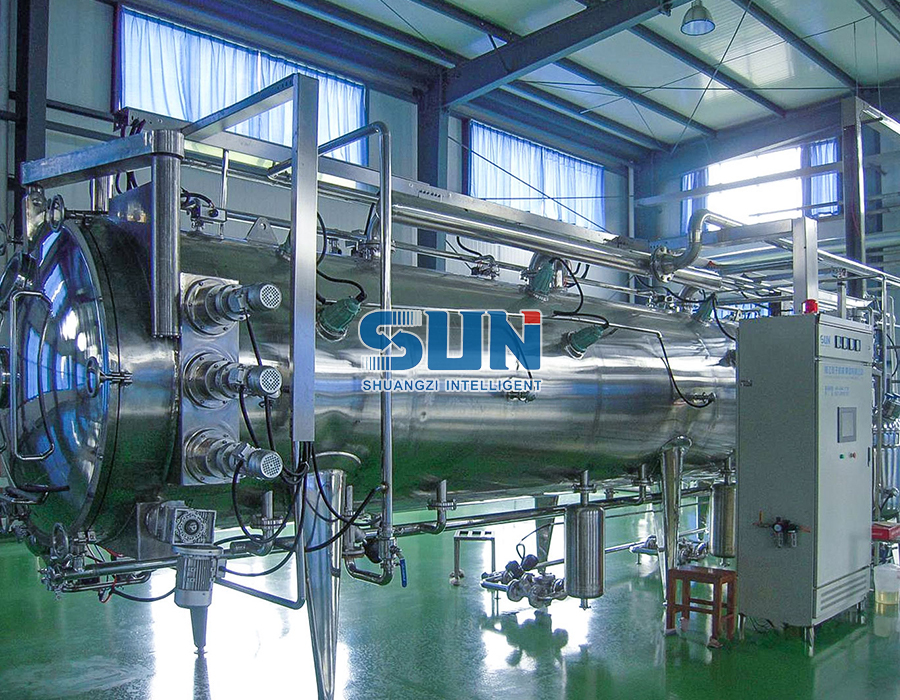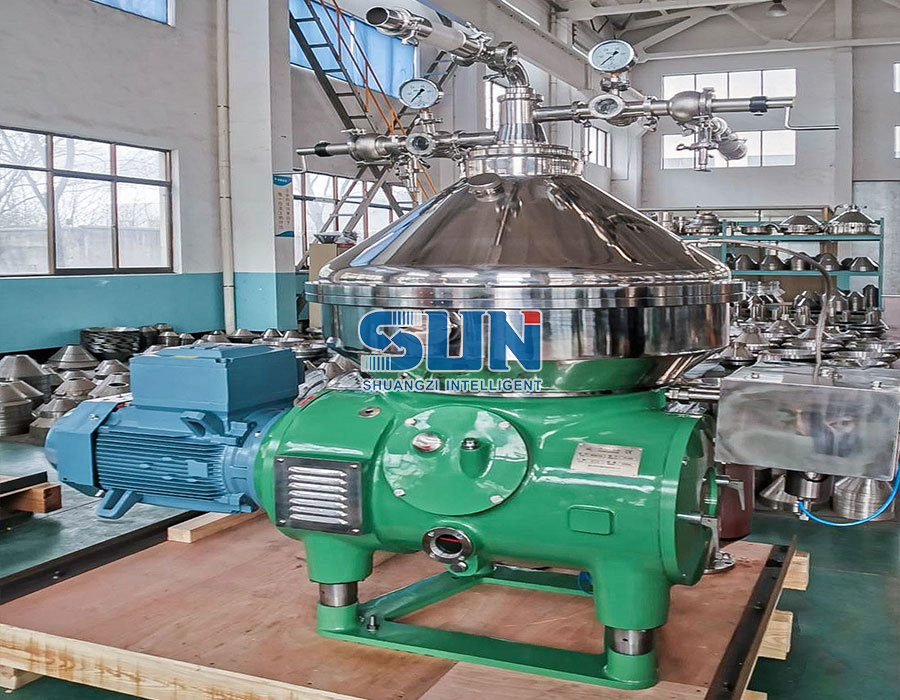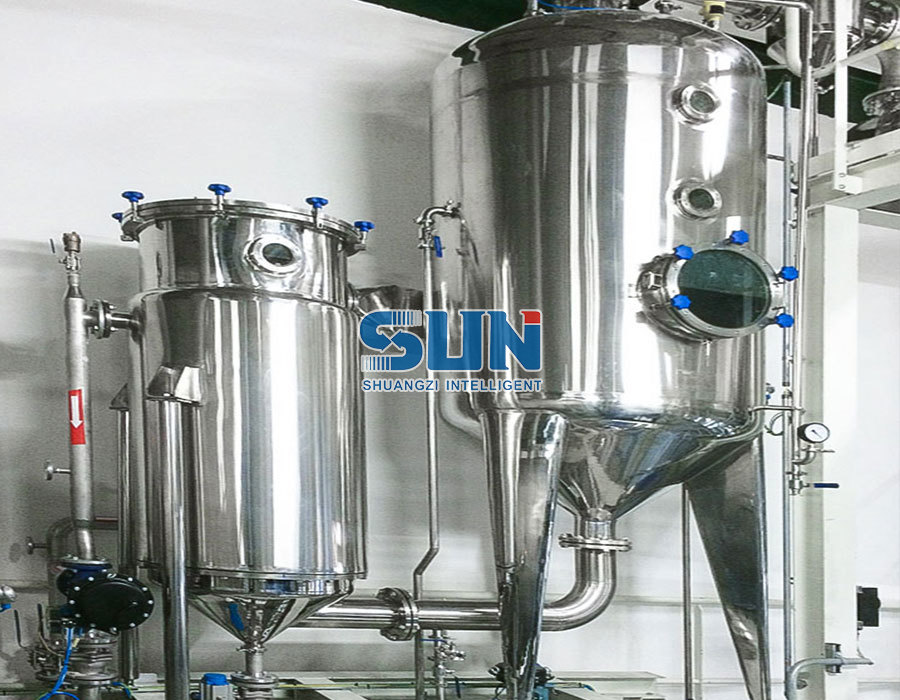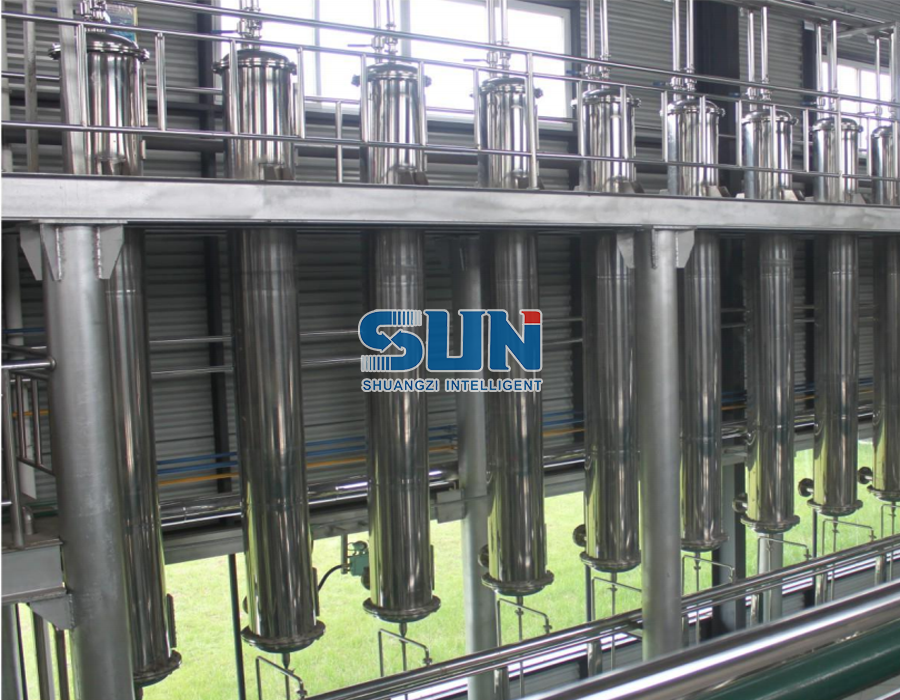The separation and concentration ability of an herbal extractor refers to its capability to effectively separate the desired bioactive compounds from the solvent or extractant used during the extraction process and then concentrate those compounds into a more potent and concentrated form. This process is a critical step in producing high-quality herbal extracts with desirable properties and concentrations for various applications, including herbal medicine, cosmetics, aromatherapy, and more.
Here's an overview of the separation and concentration process in an herbal extractor:
Separation: After the extraction process is complete, the solvent or extractant containing the dissolved bioactive compounds needs to be separated from the solid plant material. This separation can be achieved through various methods, including filtration, centrifugation, and decantation. The goal is to remove as much of the solvent as possible while retaining the desired compounds.
Solvent Recovery: In many cases, the solvent used for extraction is valuable and can be recycled or recovered for future use. Solvent recovery systems are often integrated into industrial extractors to minimize waste and reduce costs.
Concentration: Once the separation is complete, the next step is to concentrate the extracted compounds. Concentration is important because it increases the potency of the final herbal extract, making it more efficient to use and reducing the volume required for specific applications.
Evaporation: One common method of concentration involves evaporating the solvent from the extract under controlled conditions. This can be achieved through gentle heating or by reducing the pressure, allowing the solvent to vaporize and leaving behind a more concentrated extract.
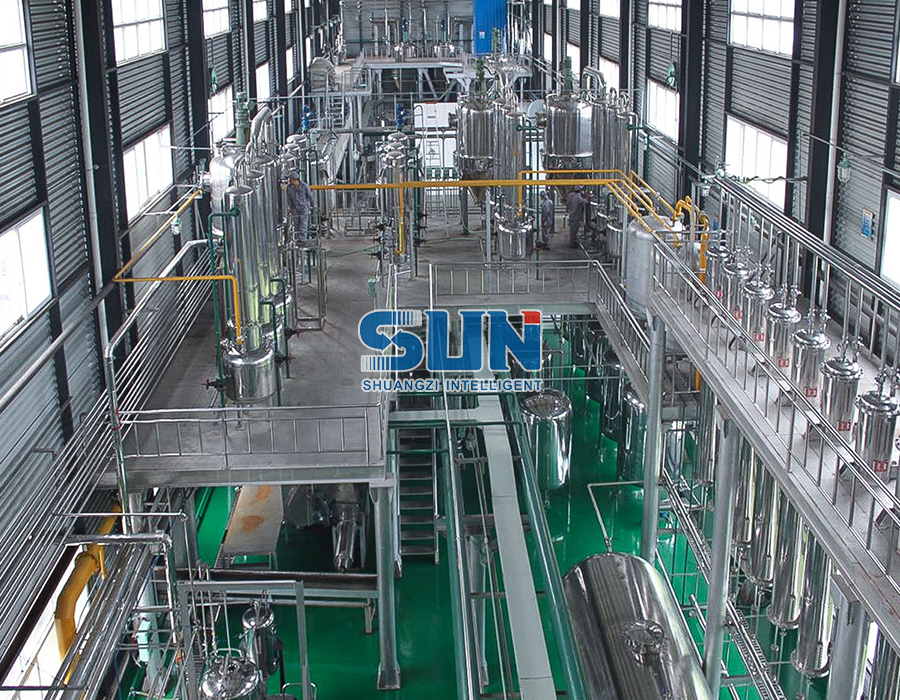

Distillation: Distillation techniques, such as rotary evaporation, are often used to concentrate heat-sensitive compounds like essential oils. This involves heating the extract and collecting the evaporated solvent, leaving behind a more concentrated residue.
Freeze Drying: Freeze drying (lyophilization) is another method used for concentrating extracts while preserving the integrity of heat-sensitive compounds. It involves freezing the extract and then removing the frozen solvent under reduced pressure, leaving behind a dry and concentrated product.
Membrane Filtration: Membrane filtration methods can also be employed to concentrate extracts by selectively removing solvent molecules while retaining the dissolved compounds.
Quality Control: Throughout the separation and concentration process, quality control measures are essential to ensure that the final herbal extract meets desired specifications in terms of potency, purity, and composition. Analytical techniques such as chromatography and spectroscopy may be used to assess the concentration of specific compounds.


 英语
英语 俄语
俄语